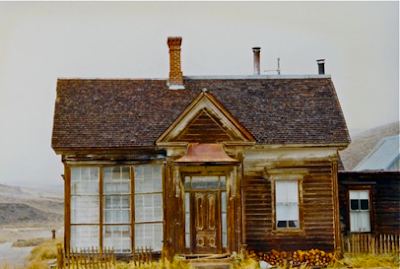Yesterday I got to pretend that I was a young mother again, living through those days of long slow care and deepest connection to a child. My granddaughter is 17 months old now, just beginning to walk. She speaks little, but possesses a deep will and quite a temper when foiled.
She spends her time in trial and error manipulations: how does this drawer open? How do I make a block tower? How does this light switch turn off and on? When an awkward pot lid or cupboard door won't co-operate, she pushes, yowls her displeasure. Grammy helps.
I love my kitchen work when the baby is here. She plays on the floor with beautifully made wooden toy bottles with magnetic lids which fascinate her, and small red pots and pans just her size, working more on the mystery of the drawers and cupboards while I perform those small chores of daily living that make for comfort and orderliness.
My patience seems endless, fed by the circle of innocence that surrounds us. I know this is my last baby; this island of joy and the smiling lighted face of a little child illuminating my soul.
In the warm late afternoon sun, we go out for a walk. Her energy is formidable; she holds my hand and runs as fast as the tiny rhinestone-studded tennis shoes will go, for two long blocks: past the grungy fast food stand, the pigeon-soiled street corner, back to the green grass yards of our 1930's neighborhood, running running with joy joy in each small foot step, a huge smile if one sees her.
I pray for all the babies in the world, each eager reaching pair of arms seeking the care it deserves. It will give solace for the brutal world heedless of childhood's needs. At least in this one small place, one child is loved well.
I think now of my adult son, the sweet vulnerable child he once was, now a man with a man's difficult tasks. The caregiving for his aging father has fallen to him, the most available family member to do this. The man I married so long ago, capable of both generosity and cruelty, mostly cruelty, though, has Alzheimer's. In the old days we didn't have a name for it.
It's just what happened to you when you got old. Now aging is a special tragedy, but still our assigned portion though named. His father falls into rages that are truly murderous, threatening to kill his son, to cleave his head wide open and leave his body in the desert. He is frail and unstable and so the danger is only to our memories.
I think of my children and the generous world I have with them, and wonder. If I'd known, would I ever have married such a man? A hypo ethical thetical dilemma.
I'm stunned into a dumb painful wonder at the dichotomy of my life. My son and daughter are living with ghastly decline while the they and their children glow and blossom, pearls of joy nestled in care and a giving forth of endless delight.
The birch tree in our front yard has new leaves. I'd been on watch for them for days now. The tree presented me with my wish, but I didn't notice at first because they are very high up; it's the topmost branch that is greening first.
The foundation must be grown deeper and firmer; it must be fixed well for me as this reality deepens, sad, bitter, unutterably beautiful.


















































